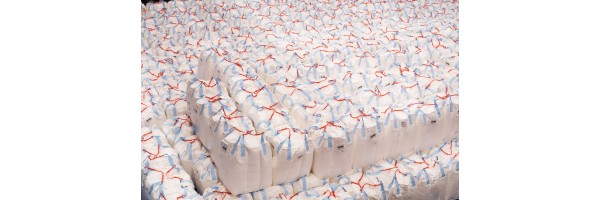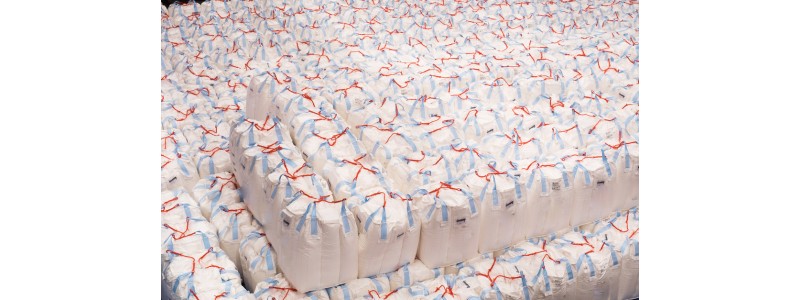
If you have a business that requires the use of FIBCs, you will likely know that they are governed by the FIBCA (Flexible Intermediate Bulk Container Association); but how much do you know about their history?
For our latest post, Centurion Packaging is going to give you a whistlestop tour of the journey of bulk containers up until the present day.
Understanding Bulk Bags
Today FIBC means an intermediate bulk container which is made out of flexible fabric, with specific requirements needing to be met to be considered an FIBC. A flexible intermediate bulk container cannot be handled manually once full and is designed to be lifted from the top using attached lift loops, straps or similar lift-assist devices. It should not require further packaging and is designed ship powdered, flaked or granular solid material.
Where Did Bulk Containers Come From?
While we cannot pinpoint the exact time where bulk bags first appeared, it can be pinned down to somewhere between 1955 and 1965 in the United States, Europe and Japan. Wherever they were first made, these bags were constructed with sheets of heavy-duty PVC-coated nylon or polyester welded together.
In many cases, these bags would have lift slings around the container, and in others, they would be attached to a special pallet. Either way, the main advantage of the FIBC design was the ability to fill the container from the top and discharge it from the bottom. As I am sure you are aware, efficient filling and discharge is the main feature of bulk bags.
Bulk containers did not become popular until the mid-1970s, around 10-20 years after they first appeared. It was at this time that the oil crisis meant that oil-producing countries in the Middle East needed to step up their operations, requiring massive amounts of cement. This was sourced from Europe and was shipped to the Middle East using bulk containers. Europe would send up to 50,000 metrics tonnes a week from countries such as Spain and Italy which led to a huge boost to the FIBC industry.
The need for bulk containers increased in the United States from 1984, due to a landmark decision from the U.S Department of Transportation. It was decided to allow exemptions for hazardous products shipped in flexible intermediate bulk containers. Following this decision, the Chemical Packaging Committee of the Packing Institute was created and they issued FIBC performance standards under T-4102-85, with the use of bulk bags in the U.S increasing heavily.
And the rest they say, is history.
Order Your Woven Polypropylene Sacks Today
If you need woven polypropylene sacks for your business, please do not hesitate to contact Centurion Packaging today.

 5% OFF YOUR FIRST ORDER OVER £50! JUST USE COUPON “MY1STORDER” AT THE CHECKOUT FREE NEXT DAY DELIVERY FOR MOST UK MAINLAND ORDERS, PLEASE SEE T&C'S
5% OFF YOUR FIRST ORDER OVER £50! JUST USE COUPON “MY1STORDER” AT THE CHECKOUT FREE NEXT DAY DELIVERY FOR MOST UK MAINLAND ORDERS, PLEASE SEE T&C'S
.jpg)